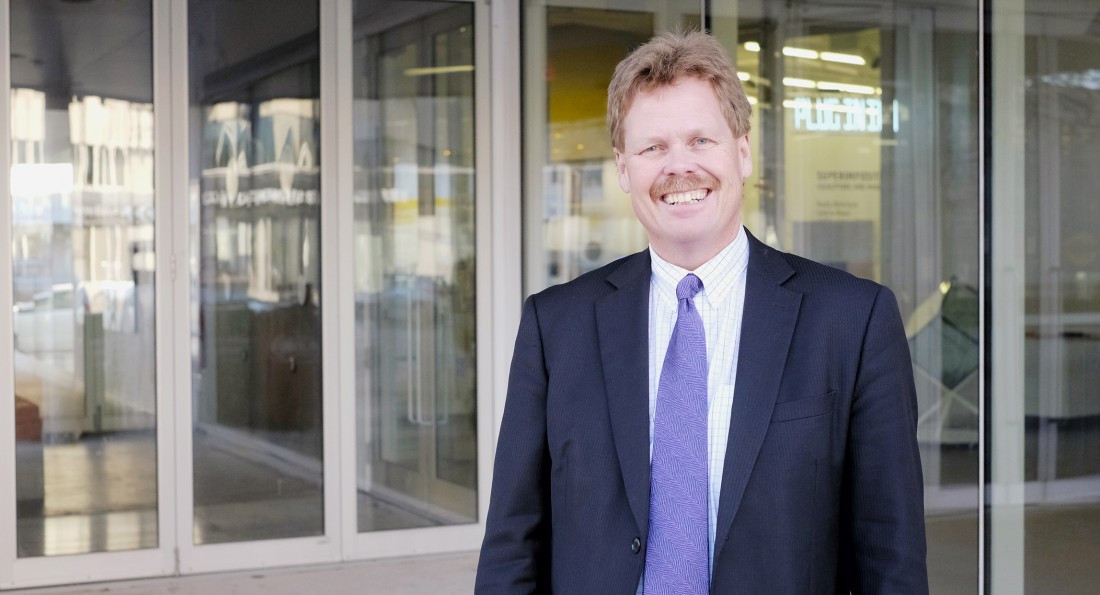Clear your student debt
Tips to help manage the cost of your education
The average student debt sits at $26,819.
It will take a student 14 years and six months to pay off, if that student spends $220 dollars a month.
But it is possible to pay back your student loans. If a student is struggling financially, and they can’t pay back the loan, there are also government assistance programs that can help.
Christine Ryczak is currently paying off her loan, one which she needed to go through university to become a speech language pathologist. She is living at home in order to save money, and she says financial management can be useful while planning out how to pay off loans.
“Budget according to the interest rate of your loans. And whatever has the higher interest rate, pay it off first,” Ryczak says.
The Manitoba Student Aid Loan has no interest rate, if a student received one after August 2015. It can be paid off over a longer period of time without having to worry about the interest overtaking the loan.
Interest for the Canada student loans are based off of a “prime rate.” The prime rate is calculated using the interest rates from the five largest Canadian financial institutions. They then eliminate both the highest and the lowest of those five rates and take the average of the remaining three. Currently, the prime rate is 2.7 per cent.
There are two ways loan interest can be calculated on student loans. First is the “fixed” rate, where the interest rate doesn’t change for the duration of the loan. Then there’s the “floating” rate, where the interest will go up and down as the prime rate changes. The fixed option adds five per cent to your interest rate, while the floating option only adds 2.5 per cent.
Shawn Bjornsson, a financial advisor for Four Points Financial Solutions, says if students have issues repaying their loans, the worst thing they could do is ignore them.
“The most important thing is if you get behind … you report it. You try to communicate. Don’t ignore it, or it will snowball. If you do default, you’ll take a big hit to your credit score, you’re going to have a hard time getting a loan (or) a mortgage,” Bjornsson says.
Bjornsson recommends the floating rate, as it’s cheaper and able to lower with the markets, but also says that it’s really up to the individual whether or not they want a consistent interest rate.
According to Statistics Canada, the average annual salary for single Manitobans is $30,600. Taking into account the averages for the cost of a bachelor apartment ($7,350 per year), utilities ($1,932 per year), food ($5,604 per year), a bus pass and a few other necessities, the total amount left from that average salary is $12,294.
In this hypothetical scenario, that's just roughly $1,000 a month for going out to bars, buying clothes, getting things fixed, taking care of a pet or any other costs that make up an individual’s quality of life.
Of course, these are all rough calculations, and a student’s wage will vary greatly depending on their field or what degree they graduate with.

Stefan Dodds, an economics professor at University of Winnipeg, says that it’s hard for students to find well-paying full-time jobs.
But finding a full-time job might not be easy. Stephan Dodds, associate professor in economics, says finding full-time, paying work is harder for students these days, since the economy is not creating enough jobs for the amount of graduates.
“There’s fewer full time jobs with good job security … In a way, we graduate so many people with undergraduate degrees, compared to so many other countries,” Dodds says.
“It becomes harder to differentiate yourself in the job market … what you’re seeing is a two-sided coin: you need to get the undergraduate degree to compete for these jobs, but the returns for this type of this degree are diluted, since so many people have them.”
If all else fails and a student is unable to manage the monthly payments required by a student loan, they can apply for a repayment assistance plan. This will reduce or stop the monthly payments, depending on an individual’s income. In order to be eligible for zero monthly payments, incomes must fall under $25,000 a year. There is also repayment assistance for people with disabilities, which has some additional benefits.
As mentioned before, a student can apply for repayment assistance only if they’ve kept up the payments, and a student must reapply every six months, even if they succeeded in getting their monthly payments reduced.
It’s possible to take out a student line of credit at a bank. Ryczak says sometimes these banks can offer better interest rates than Canada Student Loans. RBC, for example, has a “competitive interest rate” of the prime rate plus one per cent.
To apply, a student will need a good credit history and a part-time job before a bank will even think of approving a loan. A bank-owned student line of credit also does not come with assistance similar to the repayment plans offered with student loans.
Bjornsson says students need to think of their education as opening a business: they will have to go into debt, but learning some basic financing will serve them well.
“The big thing I talk about all the time is that they don’t teach financial stuff in school … You always want to spend less than you make. That’s the big rule of entrepreneurship,” Bjornsson says.
“Pay yourself first, live within your means … If you save five to 10 per cent of what you make, it’s all relative.”
Bjornsson says much like any other business, it’s hard to avoid going into debt when pursuing higher education, unless you have help from parents or other sources.
Find a loan estimator here: tools.canlearn.ca/cslgs-scpse/cln-cln/crp-lrc/af.nlindex-eng.do
Published in Volume 71, Number 11 of The Uniter (November 17, 2016)







